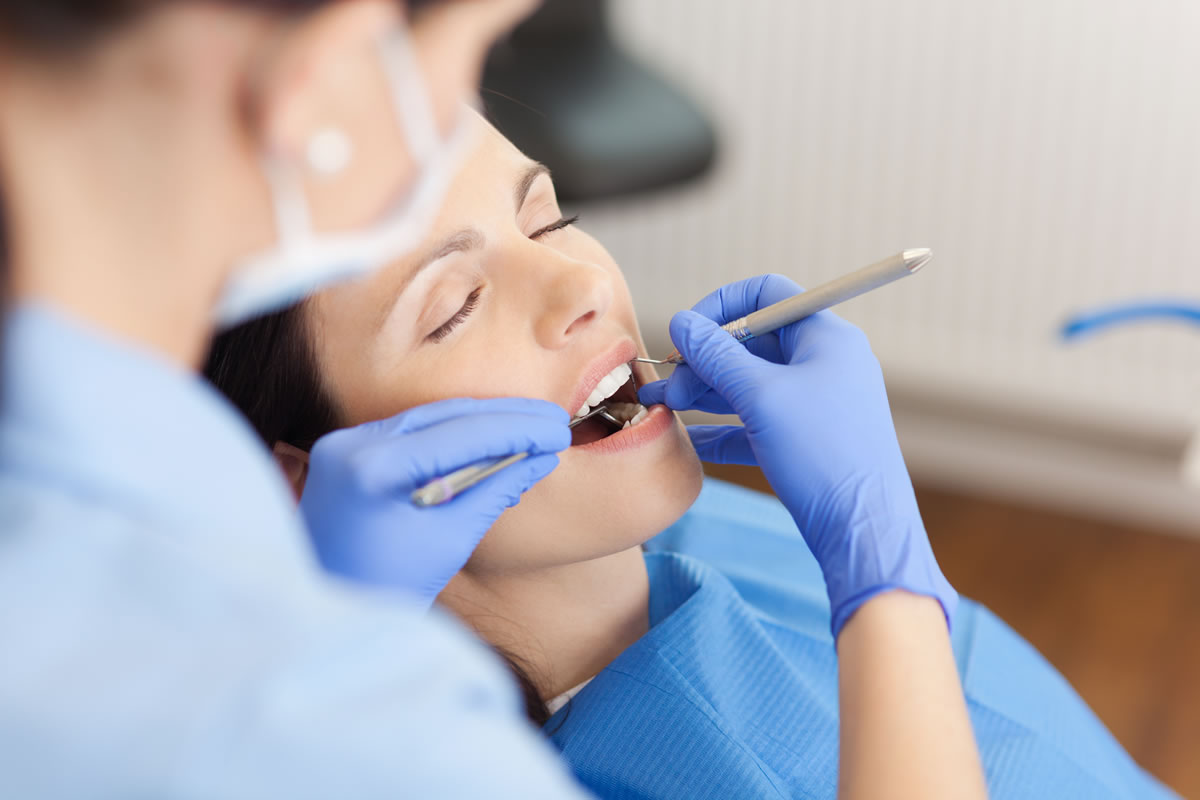
Share Tweet Share
Oftentimes, our work takes precedence over everything else in our lives. Our desire to succeed professionally can push us to set aside our own well-being. Creating a harmonious work-life balance can be challenging but it is essential to improve our physical, emotional and mental well-being. Here are six things you can start doing right now to achieve a better work-life balance.
1. Set an intention for the day
By setting an intention, you are creating a plan of how you want your day to go. When we lack intention, we often feel overwhelmed and out of control. An intention will help you take back control and set yourself up for success by making time for what really matters.
2. Incorporate exercise into your day
Too often, the first to go when our calendars fill up is exercise. Exercise not only reduces stress but improves our mood and work performance. Fit exercise into your busy weekly schedule in the same manner of the often-used airplane oxygen mask example. We need to prioritize exercise so that we can benefit from the decrease in stress and the increase in self-efficacy it provides. Don’t have an hour to lift weights or attend a workout class? Start with a brisk walk around the block. Every little bit counts!
3. Change your self-talk
Our patterns of self-talk can all too often be negative. We focus on preconceived ideas that we’re “not good enough,” “always a failure” or “can’t do anything right.” On the other hand, positive self-talk switches our narrative to ideas like “I can do better next time” or “I choose to learn from my mistakes and not be held back by them.” It’s about showing yourself some self-compassion and understanding who you are and what you’ve been through.
4. Take time to disconnect
When you are available all the time, your workday never ends. You need time to shut off your phone and unplug. Give yourself a chance to separate from work – whether it’s taking a 5-minute breather outside the office, practicing yoga or just learning to say no. Embrace every moment of calm that you can throughout the day.
5. Give yourself some grace
It’s time we redefine what perfection means to us and strive for excellence, not perfection. It’s important to remember that you can’t be everything to everyone. Give yourself the grace to “be enough” and not “perfect.” This small mental shift can be a small change that makes a big difference.
6. Save energy by using the right software
Having the right software can not only save you time throughout the day, but also eliminate unwanted stress. If your current software systems make you feel more stressed and it’s challenging to accomplish daily tasks, it might be time to consider implementing a new software.
Determining the right software for your dental practice can be a big decision. Let us help you chart the best course for your unique practice with a free, 15-minute Revolve Software Suite consultation.
Your work-life balance should make you feel like you are paying enough attention to all the important aspects of your life. When you feel the scale of attention is tipped too far in one direction, that is when changes need to be made. The idea of finding balance is to allow us to find the point in-between our work and personal life that ensures both are flourishing. We hope these tips help you on the path to achieving a better work-life balance.








Recent Comments